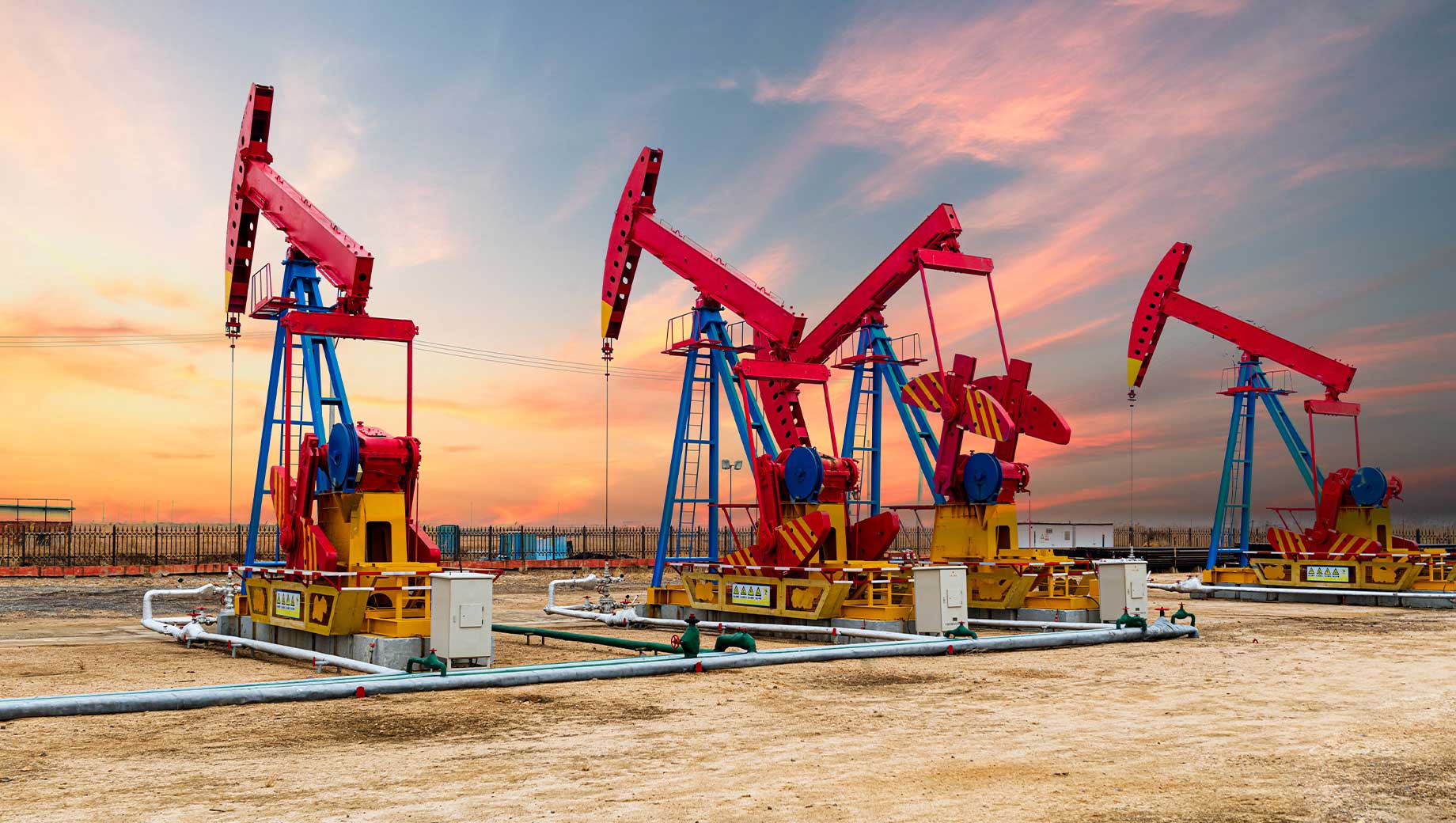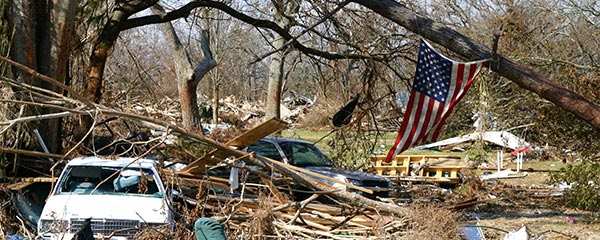Story Highlights
- 34%, down from 44% a year ago, say U.S. energy situation is very serious
- Declines seen among all key subgroups
- Americans prioritize environmental protection over energy production
WASHINGTON, D.C. -- Americans show significantly less concern about the U.S. energy situation now than they did a year ago, with 34%, down from 44%, describing the situation as “very serious.” The 2022 spike came amid sharply rising gas prices and was the highest percentage seeing the situation as very serious since 2011. The record-high 58% viewing the energy situation as very serious was recorded in 2001, amid rolling blackouts in California.
In addition to the 34% of U.S. adults who say the energy situation is very serious, 51% describe it as “fairly serious,” and 14% say it is “not at all serious.” The latter readings have increased by five and four percentage points, respectively, since last year.
The March 1-23 poll also found a six-point drop in the percentage of Americans who worry “a great deal” about the availability and affordability of energy, from 47% to 41%. However, energy concern remains higher than it has been in any other year since 2012 (48%), which tied 2006 for the highest in the trend that dates to 2001.
Lessened concern about the energy situation is likely related to lower average gas prices now versus a year ago. In March 2022, gas prices were about 80 cents higher per gallon than in March 2023, and they were on their way to a record of more than $5 per gallon in June 2022.
Gallup first asked Americans for their assessments of the U.S. energy situation in the late 1970s during the energy crisis. At that time, about four in 10 said the situation was very serious, before the proportion climbed to 47% in August 1979 amid gasoline shortages that summer.
When Gallup next asked the question, in 1990 -- also during a period of rising gas prices -- far fewer, 28%, described the situation as very serious, but that figure eventually rose to 40% during the Persian Gulf War.
A decade later, Americans’ concern was subdued, until the California energy crisis prompted a surge in concern. By 2002, after the crisis passed, a record-low 22% said the situation was very serious.
All Groups Inclined to See Situation as Less Serious, but Gaps Remain
The decline in perceptions of the energy situation as very serious is seen across all key subgroups. Republicans showed one of the larger drops -- 15 percentage points, from 64% to 49%. However, they remain more likely than other demographic or political subgroups to describe the situation as very serious. For example, 34% of independents and 21% of Democrats believe the energy situation is very serious.
The 20-point decline among Eastern residents rating the energy situation as very serious is also one of the bigger declines among subgroups. Now, there are substantial regional differences, particularly between Eastern residents, who show less concern, and Southern residents, who show more.
There are also notable divides by age, with 19% of those under age 30 viewing the situation as very serious, compared with 42% of those aged 50 and older. A year ago, Americans between 30 and 49 were about as likely as older Americans to believe the energy situation was very serious, but that has changed, given the larger 17-point drop among the middle-aged group.
The age and regional differences may largely reflect the political leanings of these subgroups.
Americans Prioritize Environment Over Energy Production
Since 2001, Gallup has asked Americans to assess the tradeoff between protecting the environment and producing greater energy supplies. In most years, they have put a higher priority on environmental protection than energy production, including 53% to 43% currently.
Historically, the margin in favor of the environment has tended to be larger when energy prices are relatively low, and smaller when they are higher. During the period of high gas prices between 2009 and 2013, for example, Americans were mostly divided or they slightly prioritized energy development over the environment. This pattern was temporarily disrupted in May 2010 after the Gulf of Mexico oil spill created an environmental disaster in that region. Later, after gas prices fell starting in 2014, Americans again began prioritizing the environment, with the gap in its favor reaching a record 25 points in 2016, 2017 and 2018.
Last year, amid surging gas prices, the gap narrowed to four points, before expanding this year.
Americans also favor “green” solutions over those involving increased production of traditional energy supplies when asked how to better address the nation’s energy problems.
- By 56% to 40%, Americans say the nation should emphasize more energy conservation by consumers rather than increased production of oil, gas and coal.
- By an even larger margin, 59% to 35%, the public believes the nation should emphasize the development of alternative energy sources such as wind and solar power over producing energy from oil, gas and coal.
On both of these questions, Americans have consistently favored conservation or alternative energy production over traditional energy-source production, though the sizes of the gaps have varied, depending on the current energy situation.
Republicans, Democrats on Different Sides of Energy-Environment Debate
Republican and Democratic opinions on environmental protection versus energy tradeoffs are mirror images of each other. By 79% to 18%, Democrats say the nation should prioritize environmental protection over energy production, while Republicans would prioritize energy production by 80% to 17%.
The movement on this item among all Americans this year is attributable to independents, who prioritize the environment by 57% to 37% but were divided last year. Both Republicans' and Democrats' preferences were unchanged in 2022 compared with 2023.
Large majorities of Republicans also believe the U.S. should emphasize production of oil, gas and coal over both conservation and alternative energy, while Democrats and independents favor the more environmentally conscious approaches.
Bottom Line
Americans’ concern about the energy issue and how it relates to environmental protection is responsive to changes in the U.S. energy situation. Typically, Americans are less concerned about energy when gas prices are low and supply is abundant, but their concerns rise when energy prices spike, as was the case last year, or when supplies are limited. Thus, the rise in energy concern last year, and the decline this year, is consistent with historical opinions about energy.
The data are clear that Republicans and Democrats have very different views about the approaches the U.S. should take on energy. Independents’ opinions, however, are closer to those of Democrats, making the nation as a whole more sympathetic to proposals that emphasize environmental protection over energy production.
To stay up to date with the latest Gallup News insights and updates, follow us on Twitter.
Learn more about how the Gallup Poll Social Series works.




